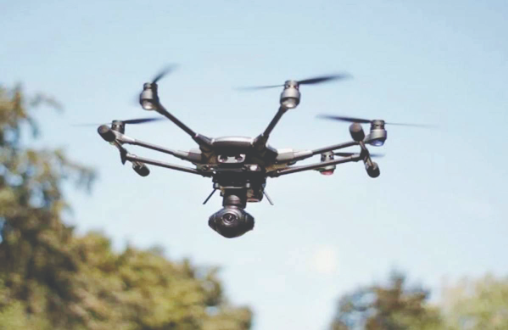I-Day prep: IAF set to train police on drone threats

New Delhi: After seeing the recent attacks and threats from drones and other unmanned weaponised flight systems, Delhi Police personnel this year might be getting training from the Indian Air Force to prepare the security plan for the Capital ahead of Independence Day.
Police sources have confirmed the developments and said that the city police has asked two Special Commissioners to prepare a list of police personnel and officers for this training.
"The staff which are being deployed on the rooftop vicinity of the place of the function are to be trained by IAF in visual observation, identification, reporting of the type of aerial objects to the IAF," the police sources told Millennium Post.
Further, the Special CPs were told to provide the list of such police personnel to a senior officer for their training. "We want to impart these skills timely to our personnel which will provide an extra layer in terms of security during Independence Day," one of the sources aware of developments said.
On the intervening night of June 26-27, two explosions took place at the highly secured area of the Indian Air Force (IAF) Station Jammu. The initial probe revealed that drones had dropped explosives on the IAF station.
The Ministry of Home Affairs has now come up with the standing operating procedure (SOP) for handling threats from sub-conventional aerial platforms. It was sent to senior officers for further action.
In the SOP, officers were asked to identify places from where Para Motors can take off. All such open grounds and open fields including in rural Delhi will be kept under watch. "Small flying vehicles are extremely flexible and manoeuvrable. It can be folded into portable packages and reassembled easily. Hence, ground-level intelligence channels at the level of police stations will have to be sensitised," the SOP read.
As per the SOP, if any drone committing a hostile act for dropping bombs or starts firing, Central PCR can order immediate engagements from ground forces as well as from IAF. "IAF will identify between friendly and unknown airborne objects. Firing should be restored by the security person in a manner that a missed bullet does not cause any collateral damage," it added.
Firing at a descending aerial object from rooftops has great potential for collateral damage and avoiding it has been recommended. Instead, the SOP recommends that the information of the descending vehicle be passed on to the nearest picket, QRT so that they can take aimed fire upon the object, which has less potential for collateral damage.
This notwithstanding of course that officers to be deployed on the rooftops, QRTs, PCR vans must have been trained by a specialised organisation in the identification of paramotors, paragliders, microlight aircraft, aero models and their features.



